The Design Museum’s Tim Marlow: ‘You can escape art. But you can never escape design’
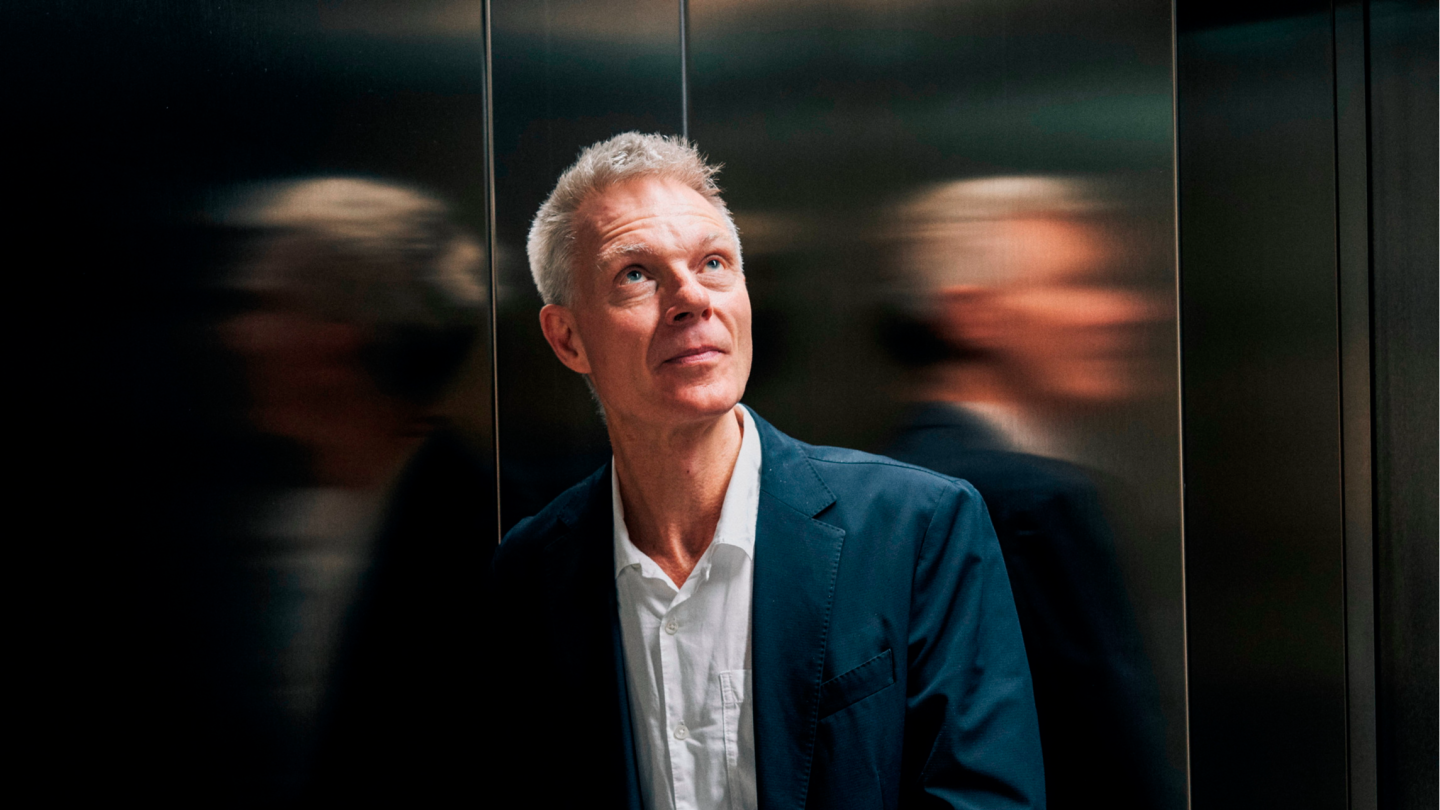
Roula Khalaf, Editor of the FT, selects her favourite stories in this weekly newsletter.
Tim Marlow says we devalue design. Commercial art — graphics, architecture, fashion, packaging — has little status compared with fine art. “Design gets kicked from both ends,” he says. “It has the nose-holding notion of functionalism. But it is also deemed a rarefied world. We don’t take it seriously enough — and particularly in support of the UK’s only national design museum.”
Marlow, 60, is chief executive and director of the Design Museum, the first to hold the dual role, which he took shortly before the pandemic. The museum is young by London standards, founded by Sir Terence Conran in 1982 (first as the Boilerhouse Project) and part-funded with proceeds of the 1981 flotation of Habitat, Conran’s homeware retailer and manufacturer.
“Terence’s view — one I subscribe to — was that one of [the UK’s] tragedies is that we don’t make things,” says Marlow as we sit in his office (sleek, low-key, orderly). “We lost the manufacturing that emphasised the importance of design, and how and why it matters.” Margaret Thatcher was convinced. In 1989, she opened the museum’s first dedicated site: a converted banana warehouse at Shad Thames.
The museum now occupies the Grade II-listed former Commonwealth Institute on Kensington High Street, revamped in 2016 at a cost of £80mn in an effort to elevate the museum to a world-class institution (and move closer to the “Albertopolis” museum district). It offers a free-to-visit permanent collection and programme of exhibitions, often with broad appeal, including forthcoming shows on surrealist objects and the work of Ai Weiwei. Visitors reached 650,000 a year, pre-Covid. Not bad, considering the 254-year old Royal Academy drew just under 850,000 in 2018-19.
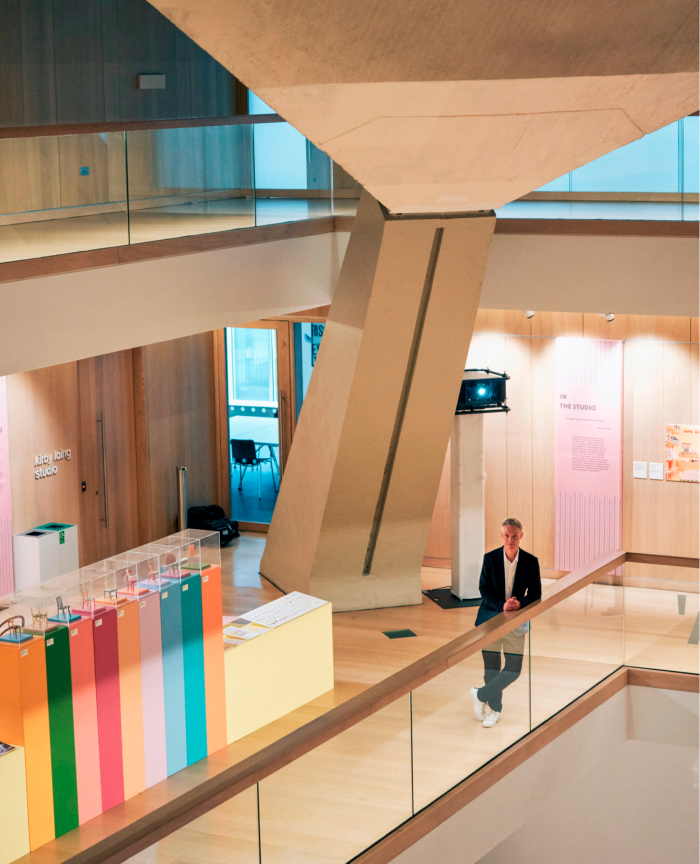
Marlow is affable and talks fast, with clauses piled on to clauses and rapid asides delivered with traces of a Derbyshire accent. He talks for nearly two hours, tearing through topics including his despair at the proposed demolition of the 1962 French Railways House on London’s Piccadilly, his long search for a Charlotte Perriand desk and his 20-year-plus sideline as an arts broadcaster.
His live debut was television gold. Marlow chaired Is Painting Dead?, a 1997 Channel 4 discussion whose panellists included Tracey Emin and philosopher Roger Scruton. Scruton was rude, Emin was drunk and the show nearly ended in chaos after Emin stormed out. Marlow remained remarkably calm. He and Emin are friends — as he is with many artists.
“That’s why I’ve never been a serious critic,” he says. “I’m a historian or commentator when I’m writing or broadcasting. If you’re a serious critic you can’t become mates with everyone, because you can’t give proper judgment.”
Marlow knows what makes a blockbuster show. He was previously artistic director at the RA, where he programmed hit shows including Antony Gormley in 2019, in which the artist flooded a gallery with seawater. It drew nearly 285,000 visitors.
Before that, he was a partner at White Cube and co-founded the publisher Cultureshock Media, so he is not without executive experience. How is he coping with sole responsibility? “I don’t find it boring, but I do have to focus. You need technocrats and a good executive, but the creative vision can’t be detached from the CEO.”
The Design Museum was doing well when Marlow joined, with exhibitions on popular themes examined through a design lens: electronic music, Ferrari, the films of Stanley Kubrick. They were commissioned under Marlow’s predecessors, co-directors Deyan Sudjic and Alice Black. Football, Amy Winehouse and sneakers have been subjects under Marlow’s watch. In September, I watched him host a sold-out discussion with Ai, in which the artist bemoaned a “very narrow idea of design”. Marlow turned to the audience: “Not in this museum.”
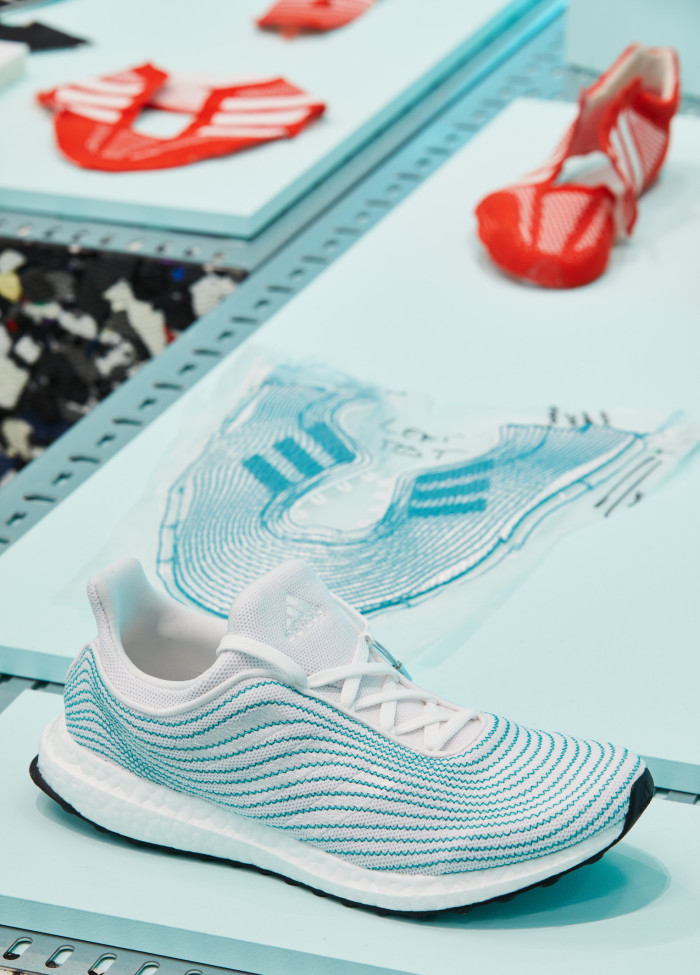
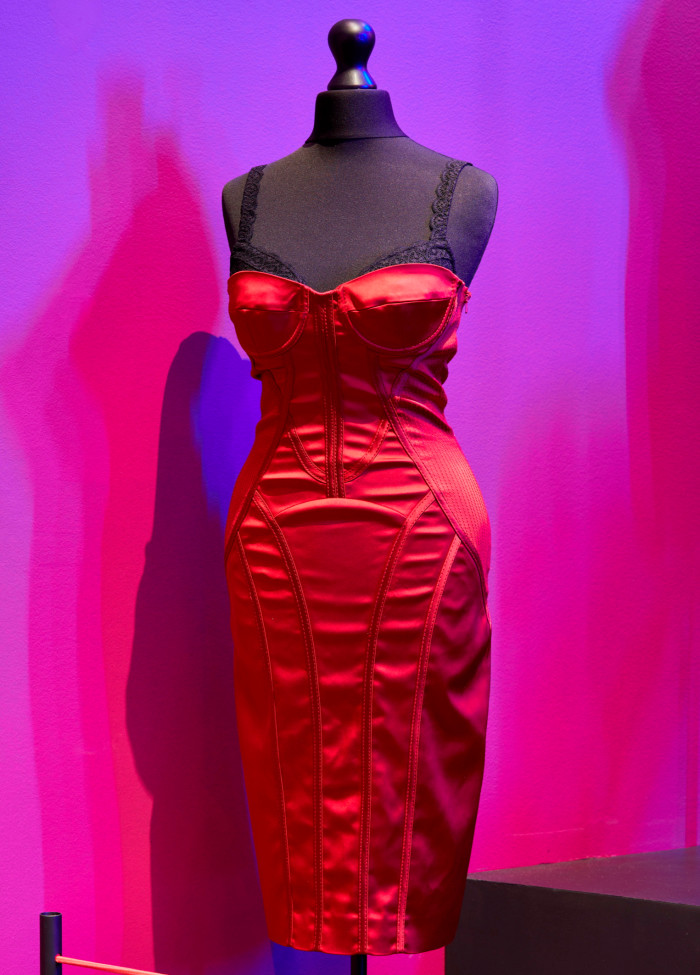
In the rush for wide appeal, does his museum risk losing focus? Marlow turns ever-so-slightly flinty, pointing out that eye-catching shows run alongside others on core themes, such as waste materials or the road signage of Margaret Calvert. “That’s hardcore design. They couldn’t be more pure, speculative, cutting edge and critical of the past. We’re hardly a populist temple; we’re not cynically trying to get mass audiences. We’re trying to get different audiences.” That strategy appears to work. More than half of the visitors are under 34, and nearly 30 per cent are non-white.
Current draws include a delve into autonomous sensory meridian response, or ASMR. On a weekday morning in September, a young, multicultural crowd is sprawled around an enormous cushioned structure, lost in videos of dogs being petted and biscuits being iced. In the upper galleries, a free survey of the work of Anglo-Nigerian designer Yinka Ilori is packed.

Marlow is quick to credit his team: “Anyone my age who purports to know everything about the emerging arts scene is delusional.” But strong visitor numbers are also down to artists creating specific work, such as 2020’s Electronic, a specially commissioned installation featuring the Chemical Brothers. “So often living artists are treated by museums as quasi-dead entities,” says Marlow.
Conran and his foundation gave more than £75mn to the museum, though that funding has largely gone, bar a few small grants. Today, the museum is funded by a mix including donations, trading, branding and commercial sponsorship from the likes of Deutsche Bank and Snap.

There is little state aid — about £170,000 a year from the Arts Council, less than 1.5 per cent of its nearly £12mn annual expenditure (though it was bailed out with nearly £9mn in government pandemic recovery loans and grants). Marlow wants more from government and wealthy donors. One of his most pressing tasks is to persuade them to give it. “I need to be heavily involved in fundraising. It’s critical,” he says. “And we have a strong case to make about the economics in post-Brexit Britain.”
The timing is not ideal. Science and technology, not the creative industries, are political priorities. Marlow will have to “dig deep” to convince the government that design is integral to technology and central to economic prosperity. It sounds like an obvious argument; nevertheless, Nadine Dorries, culture secretary until September, failed to find time to visit.
Philanthropists, too, are in Marlow’s sights. “There’s no reason why we couldn’t sell naming rights. If someone wants to pay north of £20mn to call it the X Design Museum, that’s possible. That’s my aim.”
His programming strategy is successful, but I wonder what a modern Design Museum is for. Is it to showcase taste, industry, craft, pop culture — or something else? “That’s an ongoing, fundamentally unanswerable question — but it should be a place of questioning as much as answers,” says Marlow. “And unravelling some of the effects of mass consumption and bad design. You can escape art. But you can never escape design.”
‘Objects of Desire: Surrealism and Design 1924-Today’ opens October 14, designmuseum.org
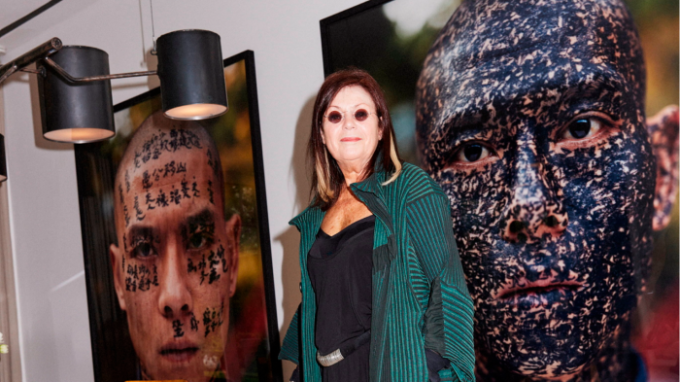
Comments